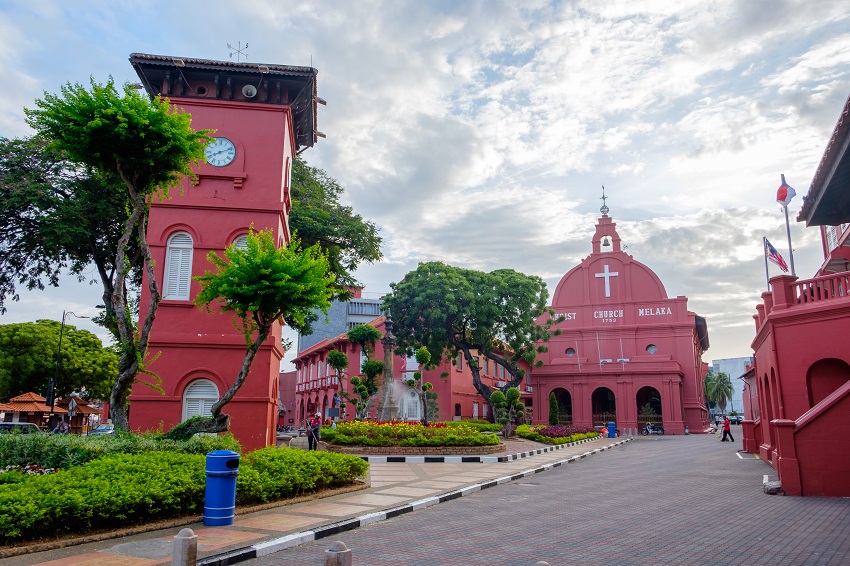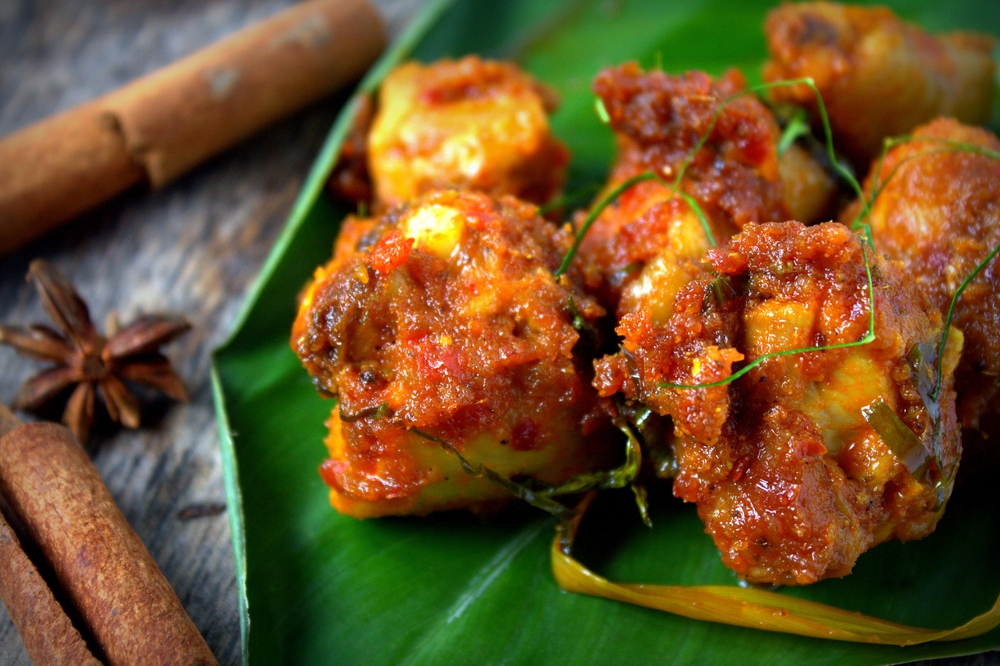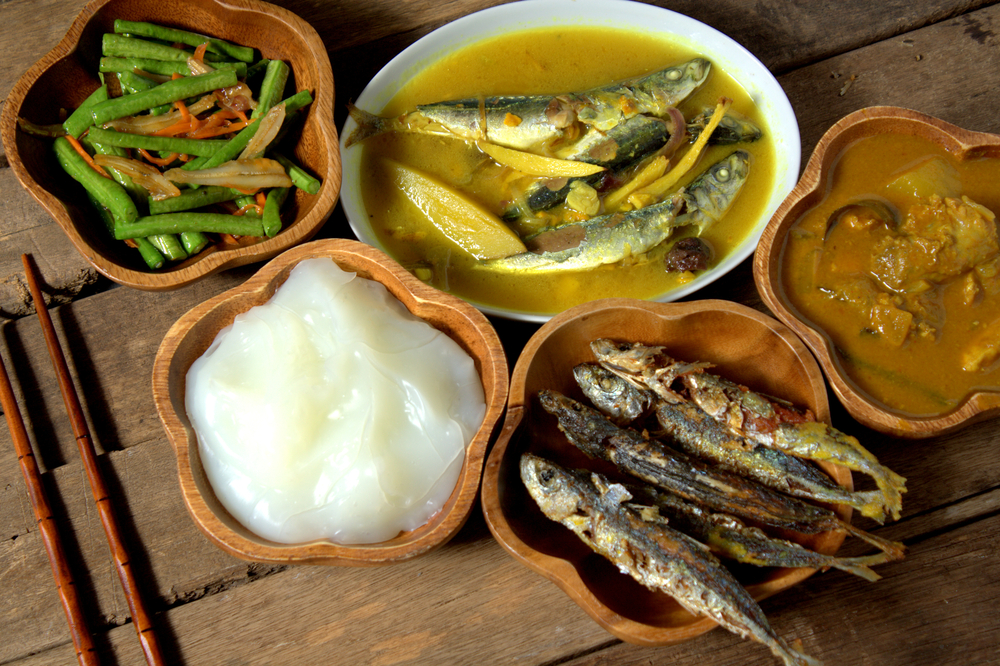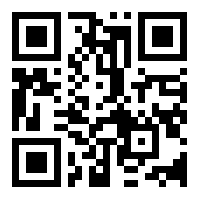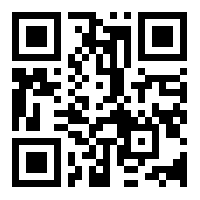Malaysia - history
Prehistoric period
Coastal communities of Malaysia in the past were exposed to marine trades with India, Middle East, Europe, Japan, Korea and Chinese. The local communities got engaged in international trades leading to successful trading. Since these places were open to foreign visits, they kept adopting many foreign ideas and innovations. It is noticeable that Malaysian archeological evidences are found less than any other sites in Southeast Asia. No ancient religion like Angkor Wat or Borodur in Java is discovered. The evidences related to the Malay have appeared in Indian, Chinese and Arab sources. History of Malaysia that can be traced and is evident-backed is when Malacca emerged and became an important center of marine trading in West Malay Peninsula. The historians regard it as the beginning of Malaysian history studies.
Malacca: the Trade Center in the 15th Century
Malacca had been a fisherman village before becoming Malay’s center of trade and culture as its location has contributed to the two important marine trade routes. It merged with Indian and Chinese important trade routes due to the Monsoon influences.
Malacca, on the other hand, is rich with natural resources serving the market such as fragrant woods, turpentine and rattan. Other valuable mineral resources are gold and tin. The biggest tin mine was set up at Malay Peninsula. The Malay settlement developed from riverside and shoreline rather than mainland. Its trade connections brought more international trades that stopped by.
Islamic conversion was introduced by the Muslim traders from India. Being Islamic is a key factor transferring the culture of Malacca- Malay as the Islamic invasion on different islands claimed that the Indian Muslims had introduced it. It was first circulating among the nobles in Malacca and later the Malacca monarch decided to convert to Islam. It was to serve a trade purpose that fell under Muslim patron and protection.
During the 15th century Malacca had a reputation of being the center of trade and religion making it a measurement for other Muslim kingdoms. Malacca was a home to many ethnic groups and different languages. However, Malay culture is the dominant force in terms of governance, literature, music and custom. What is more evident is the fact that the Malay language is widely spoken. The Glorious Malacca started to fall down when the Portuguese arrival reached Southeast Asia in early 16th century. The trades were controlled by the westerners.
The Arrival of the Westerners
Initially, the native seemed to accept the arrival of the European in the 16th century and even calculated benefits they were going to have from trade connections. In mid-nineteenth century the government had new orders for resource distribution so that it could make the most of Europe’s material needs for its own booming industries as European technological advancement required colonial resources. It happened to the Malay too. The whole world learned that the West’s economic union and political organizations of industrialized countries were to enjoy benefits and their superiorities. The European imperialists formed new economic relations that cast doubts among Asian, African and Pacific societies.
Under British colonization, the word “Malay” was introduced in order to segregate the Muslims who spoke Malay and lived on Peninsula, coastal islands and Borneo Island from those Indian and Chinese immigrants. However, how the Malay was recognized by the colonial government had been a discussion before Malaysia became independent in 1957. The word “Malay” applies to a citizen of the new nation.
As a resistance to Malaysia, the indigenous groups in Sabah and Sarawak that were once included as the same groups needed being reformed to serve political purposes. Thus, the people on Borneo were recognized as part of the Malay living on Peninsula whose characteristics were different from the people on Peninsula in terms of language, religion and culture. The solution to this problem is how the word “Bumiputera” was invented by the government as a reference to the Orang Asli on Peninsula, who had been the indigenous people of Sabah and Sarawak. Bumiputera was employed as a political tool to rule over Malaysia and has shaped the employments, education, economic quotas and healthcare. The Orang Asli on Peninsula have enjoyed more privileges than the Bumiputera on Peninsula. The ethical recognition of “Malay” and “Bumiputera” has raised a question of accessibility to the natural resources for other ethnic groups.
Ethnic Riots in 1969
The inclusive process aiming at the indigenous people in Sabah and Sarawak needed being reviewed on how the ethnic groups had been recognized after Malaysia was established. Though recognizing the Borneo people as the same groups as the Malay on Peninsula was to serve the political purposes, they were always misplaced in terms of language, religion and culture. To ease away this problem, Bumiputera was invented as the reference to the Orang Asli on Peninsula, who had been the native people in Sabah and Sarawak to the Malay.
The heritage passing on becomes attitudes of the locales and has reflected on the government policies since Independent Declaration in 1957. Now the policies are impressively flexible and possess adaptive characteristics to what is changing around. However, the fear of western superiority and economic greed is distinctive. In late 20 century, how Malaysia deals with the outside world appears so confident when it has adopted the idea of globalization enabling more possibilities like expanding education, travelling abroad and the Internet accessibility. It is moving faster. The government puts a heart into improving the people’s quality of life while watching over the internet connection to the same minds around the world. For the coming government, whether it wishes to initiate or achieve anything, giving the people information and catching up with them effectively is the key.
Bibliography
พัชรินทร์ สวนฐิตะปัญญา. (2541). มาเลเซีย : เอกภาพกับการศึกษา. กรุงเทพฯ: สำนักงานกองทุนสนับสนุนการวิจัย.
อันดายา บาร์บารา วัตสัน และ ลีโอนาร์ด. (1943). ประวัติศาสตร์มาเลเซีย. กรุงเทพฯ: มูลนิธิตำราสังคมศาสตร์และมนุษยศาสตร์.
สมพงษ์ งามแสงรัตน์. (2552). จากมะละกาถึงบาหลีในนามของพระเจ้าและพริกไทย. กรุงเทพฯ: แพรวสำนักพิมพ์.
ชุลีพร วิรุณหะ. (2551). บุหงารายา : ประวัติศาสตร์จากคำบอกเล่าของชาวมลายู. กรุงเทพฯ: ศักดิโสภาการพิมพ์.
อุกฤษฏ์ ปัทมานันท์ และ ชปา จิตต์ประทุม (บรรณาธิการ). (2542). วิกฤตการณ์มาเลเซีย : เศรษฐกิจ การเมือง-วัฒนธรรม. กรุงเทพฯ: สถาบันเอเชียศึกษา.
พิเชียร คุระทอง. (2541). ทรรศนะและความคิด มหาธีร์ โมฮัมหมัด คนขวางโลก. กรุงเทพฯ: สำนักพิมพ์มติชน.
